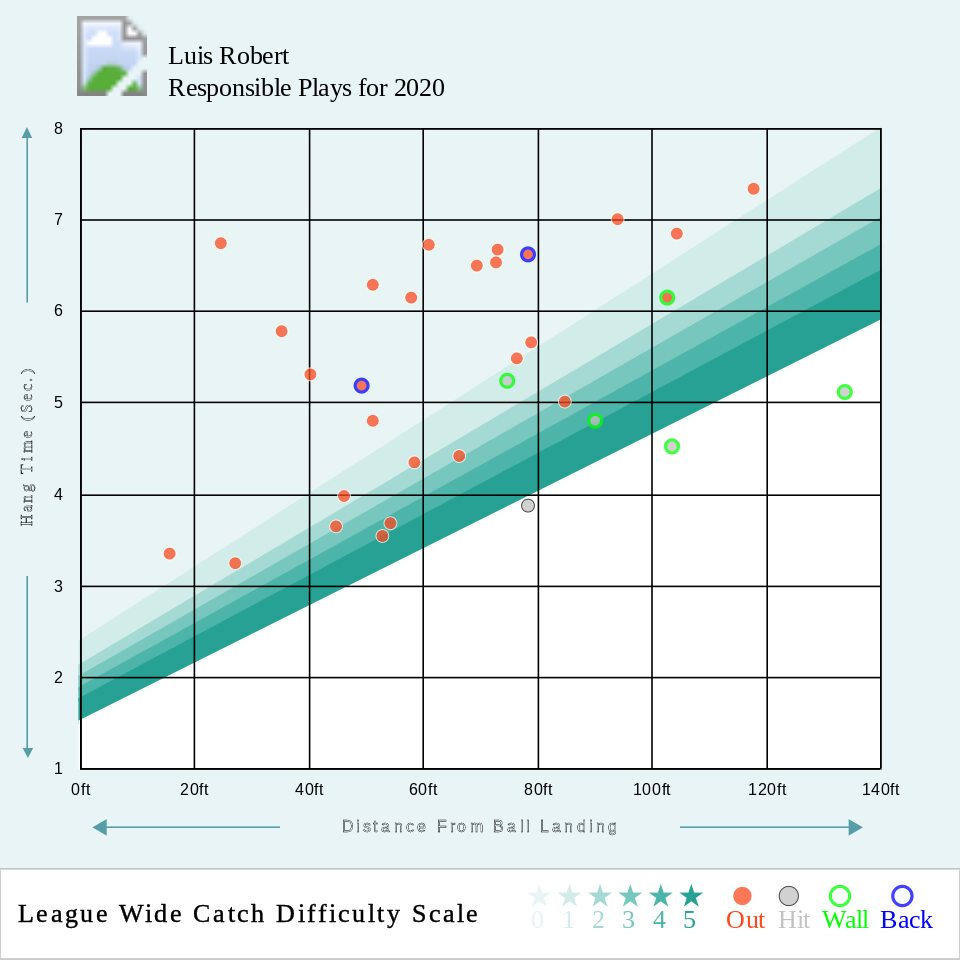2020 Trade Value: #21 to #30
While a shortened season might make this year’s version of our Trade Value Series an unusual one, with the deadline looming, we are not about to break with tradition. For a more detailed introduction to this year’s exercise, as well as a look at those players who fell just short of the top 50, be sure to read the Introduction and Honorable Mentions piece, which can be found in the widget above.
For those who have been reading the Trade Value Series the last few seasons, the format should look familiar. For every player, you’ll see a table with the player’s projected five-year WAR from 2021-2025, courtesy of Dan Szymborski’s ZiPS projections. The table will also include the player’s guaranteed money, if any, the year through which the team has contractual control of the player, last year’s rank, and then projections, contract status, and age for each individual season through 2025, if the player is under contract or team control for those seasons. Last year’s rank includes a link to the relevant 2019 post. Thanks are due to Sean Dolinar for creating the tables in these posts. At the bottom of the page, there will be an updated grid showing all the players who have been ranked up to this point.
With that out of the way, let’s continue with the rankings.
| Five-Year WAR | +13.2 |
| Guaranteed Dollars | $39.0 M |
| Team Control Through | 2023 |
| Previous Rank | #20 |
| Year | Age | Projected WAR | Contract Status |
|---|---|---|---|
| 2021 | 28 | +3.0 | $10.5 M |
| 2022 | 29 | +2.9 | $12.5 M |
| 2023 | 30 | +2.6 | $16.0 M |
After 2020, Blake Snell is owed $39 million over the next three season before he heads to free agency. That might be a little bit more than what Luis Castillo and Lucas Giolito will earn in arbitration, but not significantly so. The 2018 Cy Young award winner had an unusual 2019 that has dimmed his trade value some. He got off to a great start, then dropped a piece of granite on his toe in April and struggled slightly after returning from the injured list, though his 3.56 FIP was still solid. He had loose bodies removed from his elbow in July and pitched in six games in September and October, totaling 10.1 quality innings. On the year, Snell’s FIP was a very good 3.32; given his .343 BABIP, his 4.29 ERA seems to be mostly the result of bad luck. Snell has slowly ramped up his innings as 2020 has gotten underway, and he’s pitched very well so far. While the elbow issues are concerning, his pitching the last few years has been very good and he’s off to a promising start. That keeps his value just ahead of similarly controlled pitchers like Giolito and Castillo, but it is a close call. Read the rest of this entry »


